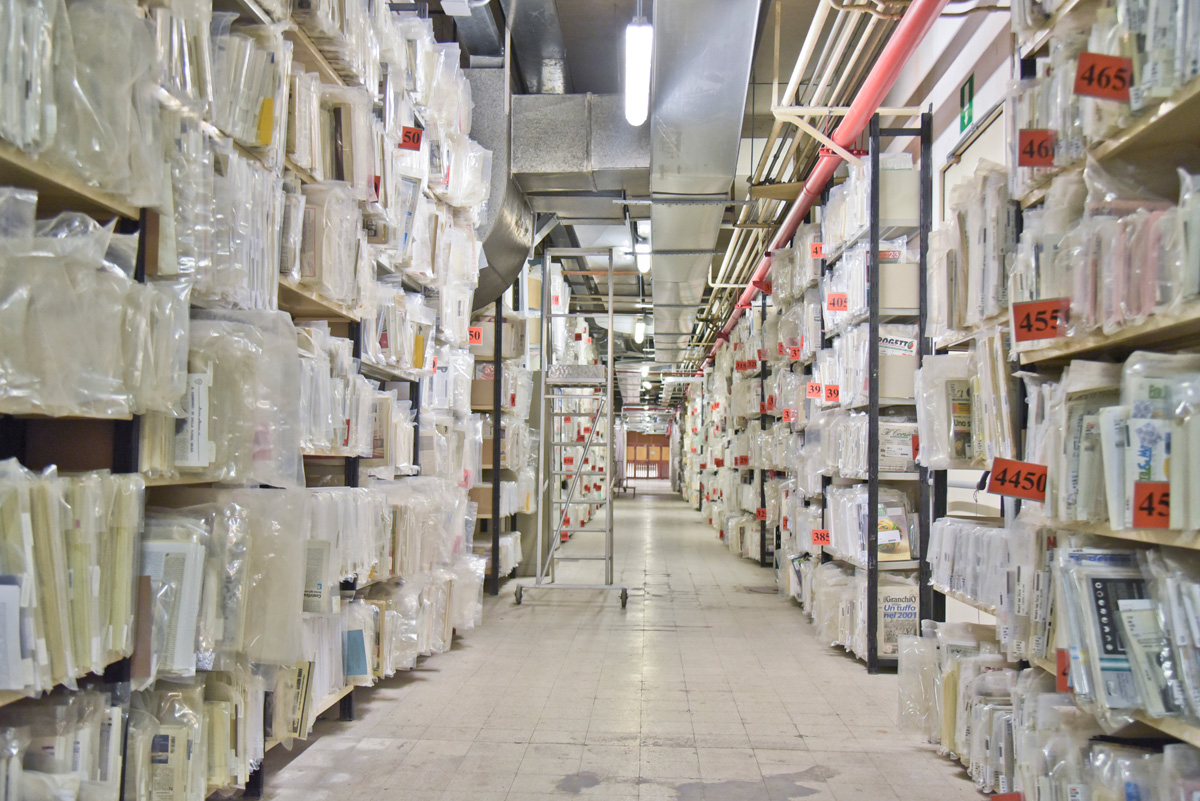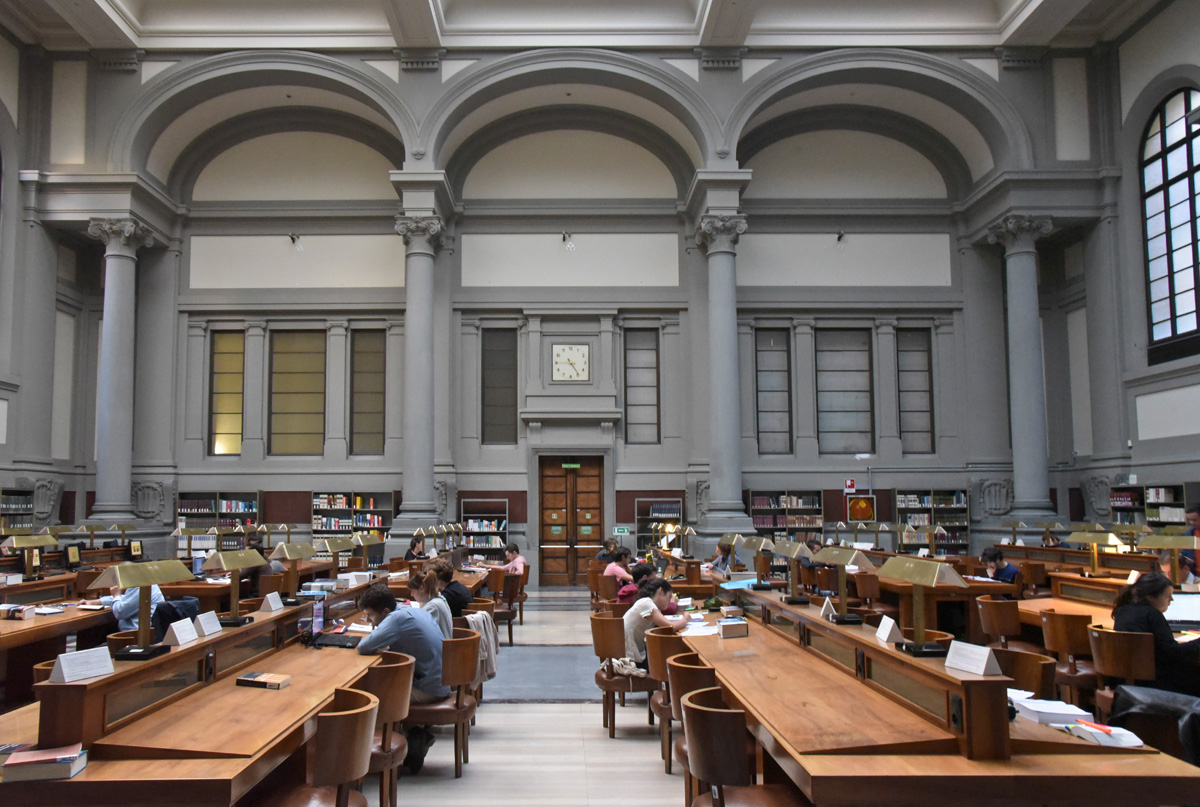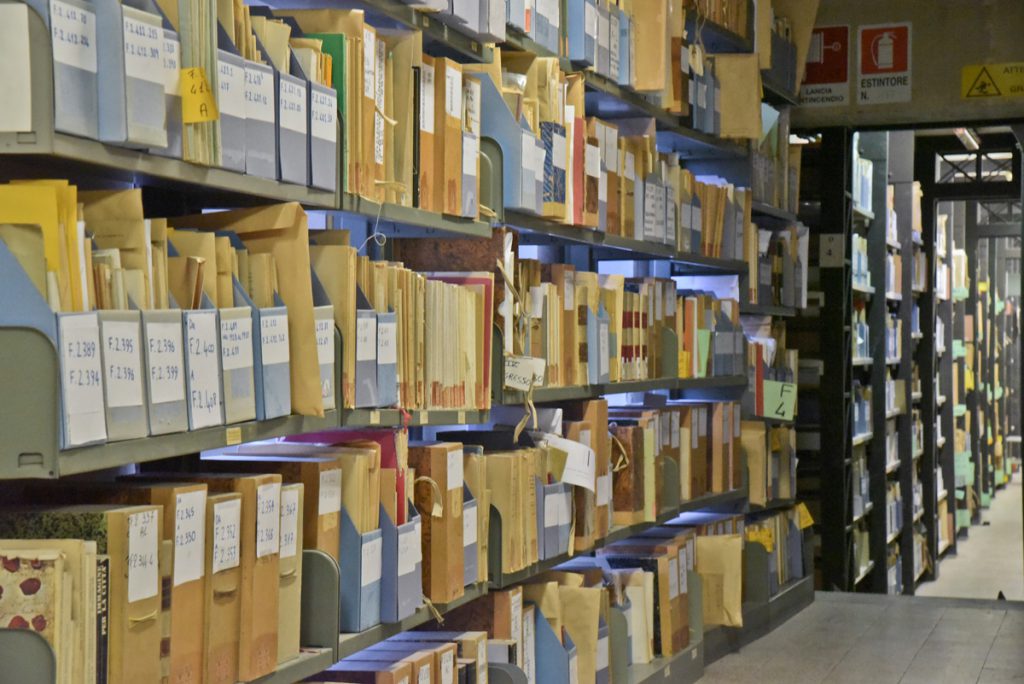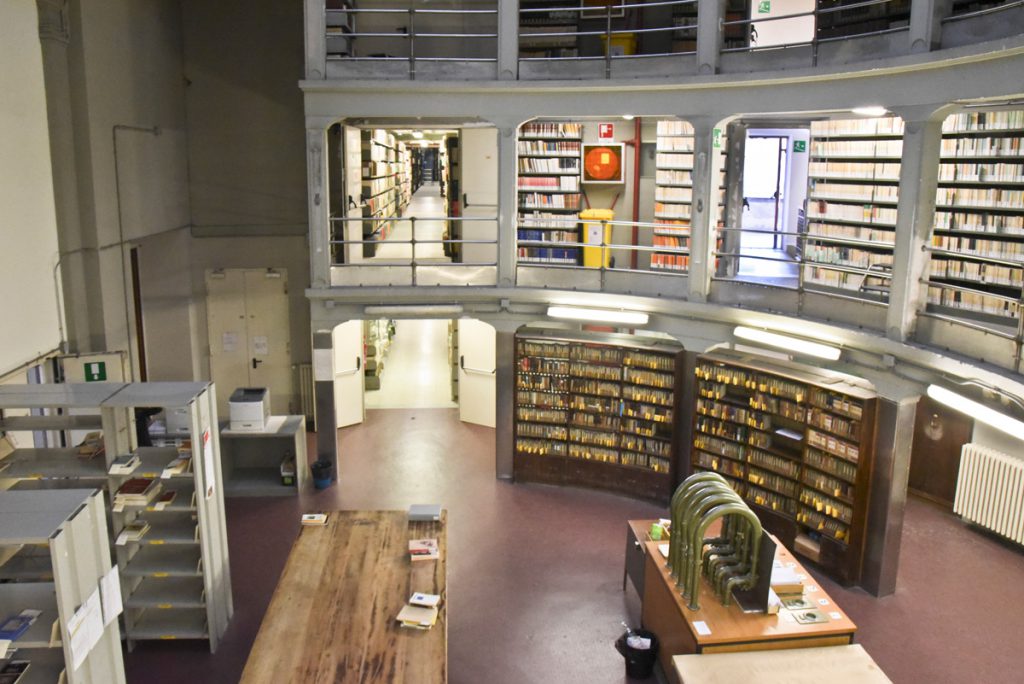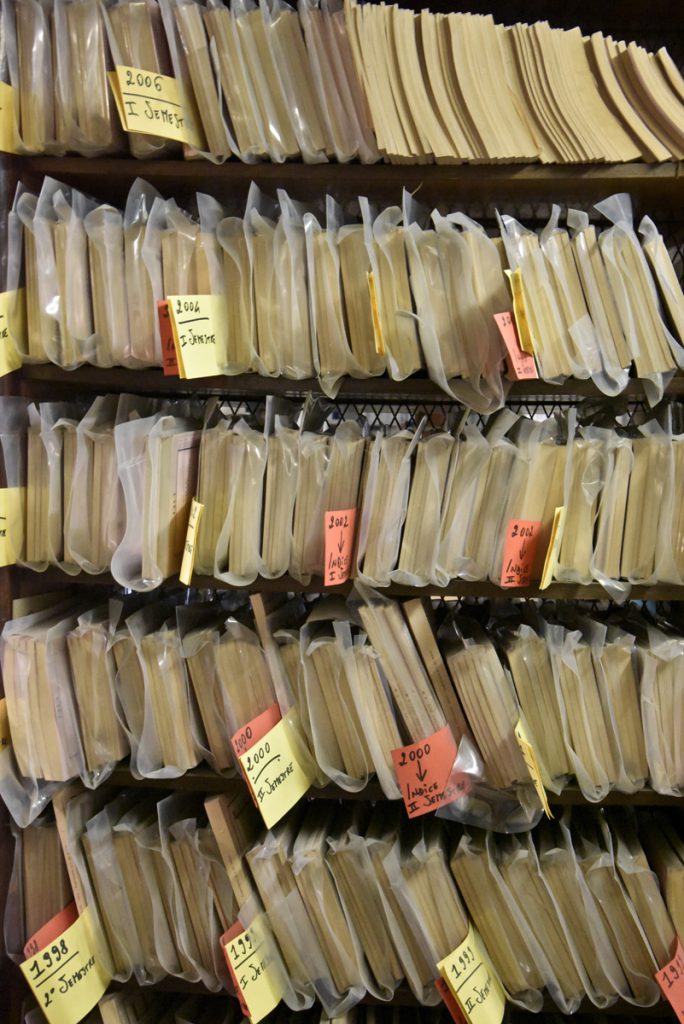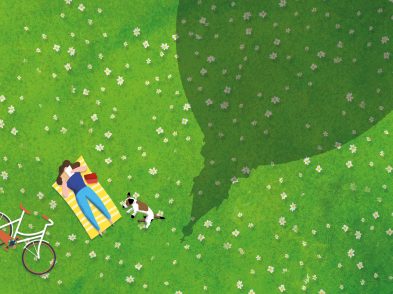When Italian president Giuseppe Saragat arrived at Florence’s National Central Library in the wake of the 1966 flood, it is reported that the Biblioteca’s director Emanuele Casamassima did not mince his words: “President, please let us get on with the job.”
More than one million books, periodicals and journals were damaged on November 4, 1966 at 6.50am, as the Arno spilled mud and debris into the miles of stacks in piazza dei Cavalleggeri, a stone’s throw from the Basilica of Santa Croce. Sawdust was used to soak up the water and young volunteers from all over the world wore gas masks to protect them from the stink of sewage and decaying leather bindings. Donning rubber boots, Casamassima worked relentlessly to rescue the library’s priceless collections, having the shelves dried in Tuscany’s tobacco barns, brick furnaces and textile mills, and delivering the sorry volumes to Forte Belvedere into the expert hands of a team of book restoration specialists who had come especially from overseas. Page by page was separated before being sent to Santa Maria Novella railway station where a massive “laundry” had been set up: the oddest of locations for the washing, pressing and drying of individual leaves.
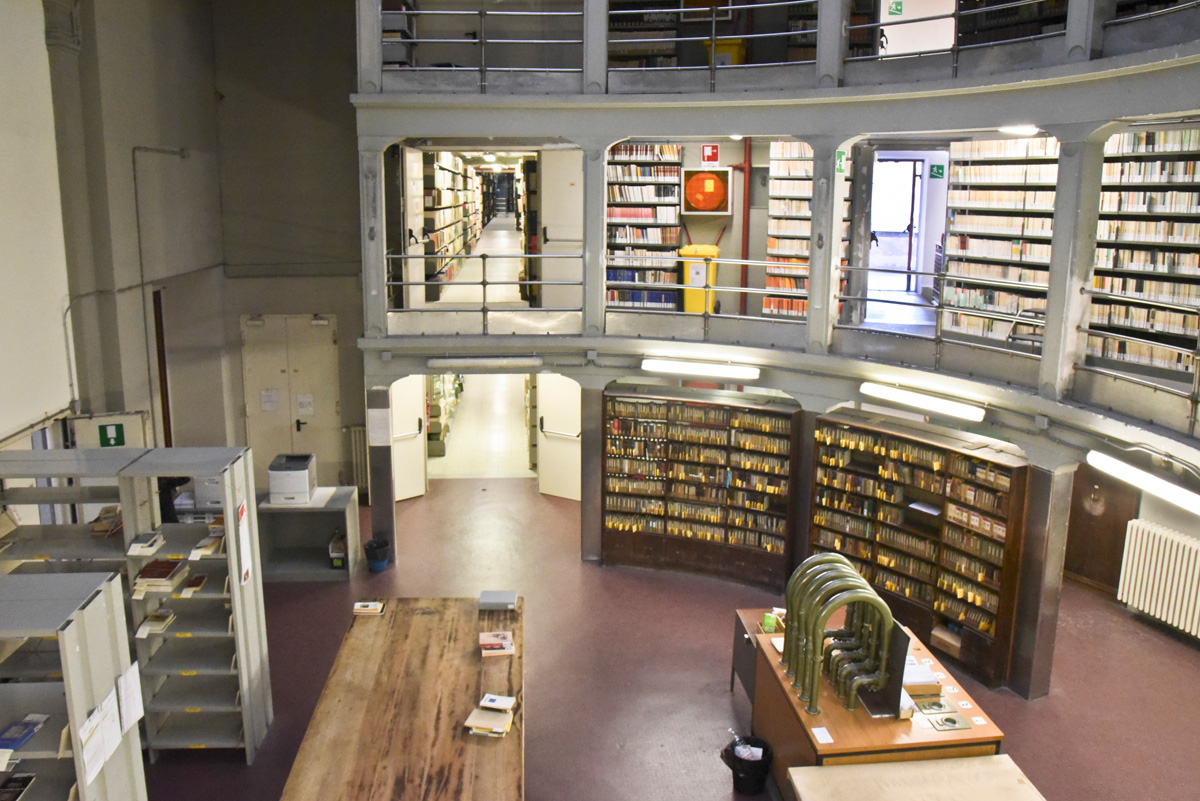
The tragedy of 1966 led to the development of one of the most impressive book restoration centres in the world. Since that fateful autumn day, 33,000 volumes in the precious Magliabechi Collection have been restored (more than 52,000 were affected by the flood), as well as 6,000 (9,500 affected) in the Palatine Collection and 12,000 miscellaneous items (42,000 affected).

Whilst numerous books were lost forever on November 4, 1966, Florence rose as the pinnacle of restoration excellence thanks to specialists who came from as far as Australia, the USA, Germany and the UK to advise and assist in the aftermath. Their legacy of knowledge continues today, although much of the restoration work is now conducted by external laboratories.

Today, the Biblioteca Nazionale Centrale is home to 6.5 million books and grows by 1.6 kilometres of shelving every year: accommodating all of Italy’s printed output means that the venue will soon run out of space. Like the British Library in London or the Library of Congress in Washington, the BNCF is the sole repository for every printed work, book, periodical, parish record and phone directory published in Italy. An edifice of singular extraordinary beauty and ardent contemplation, the Library’s imposing dual-towered facade fails to prepare you for the quasi-futuristic yet classical interior: the Liberty-style atrium with crescent-shaped wooden reception desk; the steel catalogue room with perpetual winding staircase, like something out of a Dan Brown thriller; the decadent reading room, a receptacle of learning with respect-instilling stone columns and arches, oblong wooden desks, curved chairs and elongated lamps; the seemingly infinite stacks in the bowels of the basement occupied by plastic-wrapped, barcoded reading matter; and the library “well”, a once-seen never-forgotten semi-circle off limits to the public but the historic soul of the library, where books were once brought to a central point via a pneumatic pump system before being handed to readers.

